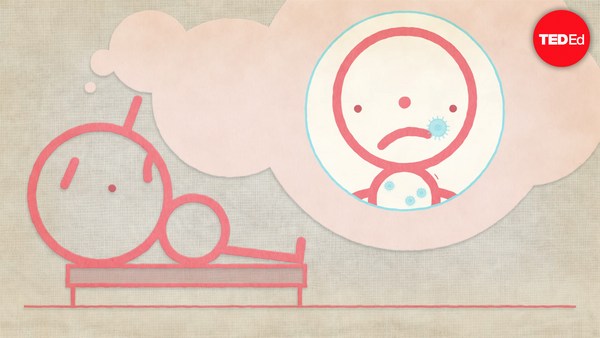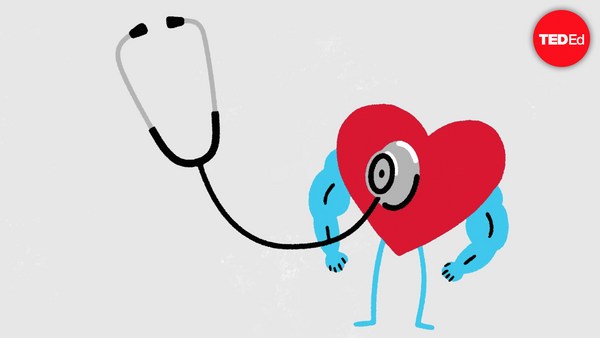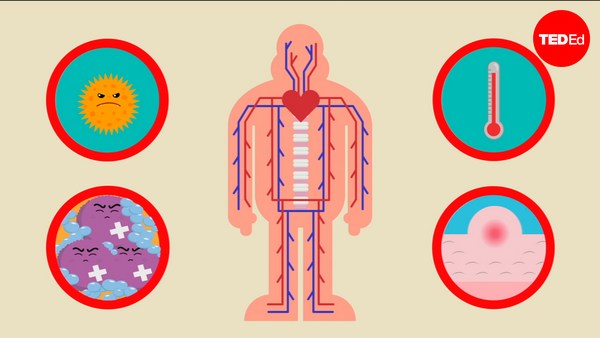In 1917, doctors proposed an outlandish treatment for syphilis, the incurable bacterial infection that had ravaged Europe for centuries. Step 1: Infect patients suffering from the later stages of syphilis with the parasite that causes malaria, the deadly but curable mosquito-borne disease. Step 2: Hope that malarial fevers clear the syphilis. And step 3: Administer quinine to curb the malaria. If all went according to plan, their patient would be left alive and free of both diseases. This killed some 15% of patients, but for those who survived, it seemed to work. It actually became the standard treatment for syphilis until penicillin was widely used decades later. And its driving force was fever.
There are many mysteries around fever, but what we do know is that all mammals, some birds and even a few invertebrate and plant species feel fever’s heat. It has persisted for over 600 million years of evolution. But it has a significant cost. For every 1 degree Celsius of temperature increase in the human body, there’s a 12.5 percent increase in energy required, the equivalent of about 20 minutes of jogging for some. So, why and how does your body produce a fever?
Your core temperature is maintained via thermoregulation, a set of processes that usually keep you around 37 degrees Celsius. These mechanisms are controlled by the brain’s hypothalamus, which detects minute temperature shifts and sends signals throughout the body accordingly. If you’re too hot, the hypothalamus produces signals that activate your sweat glands or make your blood vessels dilate, moving blood closer to the skin’s surface— all of which releases heat and cools you off. And if you’re too cold, your blood vessels will constrict and you may start to shiver, which generates heat.
Your body will disrupt its usual temperature equilibrium to induce a fever, which sets in above 38 degrees Celsius. Meanwhile, it has mechanisms in place to prevent it from exceeding 41 degrees Celsius, when organ damage could occur.
Immune cells that are fighting an infection can induce a fever by triggering a biochemical cascade that ultimately instructs your hypothalamus to increase your baseline temperature. Your body then gets to work to meet its new “set point” using the mechanisms it would to generate heat when cold. Until it reaches this new temperature, you’ll feel comparatively cool, which is why you might experience chills.
But why does your body do this? While the jury's still out on how higher temperatures directly affect pathogens, it seems that fever's main effect is in rapidly inducing a whole-body immune response.
Upon exposure to raised internal temperatures, some of your cells release heat shock proteins, or HSPs, a family of molecules produced in response to stressful conditions. These proteins aid lymphocytes, one of several kinds of white blood cells that fight pathogens, to travel more rapidly to infection sites. HSPs do this by enhancing the “stickiness” of lymphocytes, enabling them to adhere to and squeeze through blood vessel walls so they can reach the areas where infection is raging. In the case of viral infections, HSPs help tell nearby cells to dampen their protein production, which limits their ability to replicate. This stunts the virus’s spread because they depend on their host’s replicative machinery to reproduce. It also protects surrounding cells from damage since some viruses spread by rupturing their host cells, which can lead to large-scale destruction, the build-up of detritus, and potentially even organ damage. The ability of HSPs to protect host cells and enhance immune activity can limit the pathogen’s path of destruction inside of the body.
But for all we know about fever’s role in immune activation, some clinical trials have shown that fever suppressor drugs don’t worsen symptoms or recovery rates. This is why there’s no definitive rule on whether to suppress a fever or let it ride. Doctors decide on a case-by-case basis. The fever’s duration and intensity, as well as their patient’s immune status, comfort level, and age will all play a role in their choice of treatments. And if they do let a fever ride, they’ll likely prescribe rest and plenty of fluids to prevent dehydration while the body wages its heated battle.


